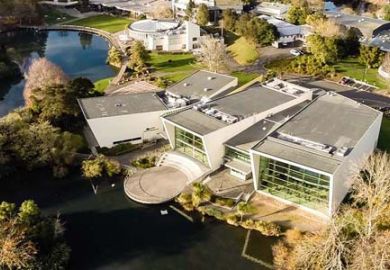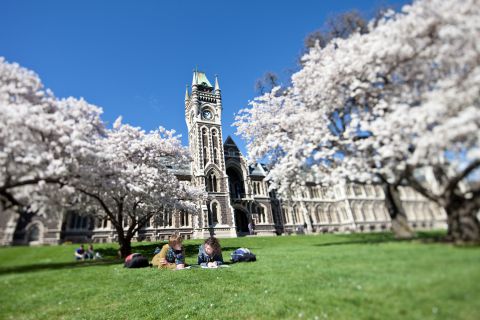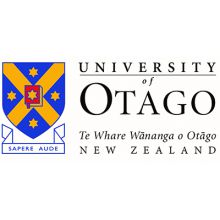The New Zealand opposition’s resurrected promise to fund the country’s third medical school has sparked a war of words among universities and a warning that the “vanity” project will spread resources too thinly.
National Party leader Christopher Luxon said the University of Waikato’s new medical school in Hamilton, 120 kilometres south of Auckland, would help reduce the country’s reliance on overseas-trained medics.
“New Zealand does not train enough doctors to meet the demands of our growing and aging population,” he said. “This medical school should have been started five years ago.”
Waikato initially proposed a medical school in 2016, with the then National government promising to fund it ahead of the 2017 election. But the Labour party warned that the project would be too expensive and dumped it after winning power.
National has now promised to cover up to NZ$280 million (£137 million) of the school’s estimated NZ$380 million capital establishment cost, “pending a final business case”, if it wins the election this October. The remaining NZ$100 million or more would come from the university.
Mr Luxon has also promised to fund another 50 places at the existing medical schools – at the universities of Auckland and Otago, at opposite ends of the country – on top of the 50 extra places pledged by the government last month.
Waikato vice-chancellor Neil Quigley said the commitments were a “fundamental step” towards addressing health workforce needs and “reducing our chronic reliance on importing our health workforce from overseas”.
His institution was ready to deliver a “more socially accountable” medical school and had “widespread stakeholder support” to do so. Professor Quigley said the school would offer a four-year graduate entry programme for up to 120 students.
“We need more doctors in training. We need to select students from a wider range of backgrounds. We need to place these students in the regions [where] they are most needed, and we need a new curriculum. The University of Waikato is committed to achieving all of these things,” he said.
But Auckland said the “unnecessary” proposal risked its plans to almost double the capacity of its medical school. It already operated throughout the upper North Island, and enhancing its work was “the most cost-effective and efficient way” of boosting medical enrolments.
Warwick Bagg, acting dean of Auckland’s medical and health sciences faculty, said New Zealand was a “small country” and should make “wise decisions, using and building on existing infrastructure”.
Following “high level” discussions, Auckland planned to boost its domestic medical places from 287 next year to as much as 460 by 2027. The proposal included regional clinical schools in three centres including Hamilton, Professor Bagg said.
The Tertiary Education Union (TEU) criticised the National Party’s “politicised” decision to choose a third medical school without “meaningful consultation” with doctors or educators. TEU secretary Sandra Grey said funds should be used to expand the current medical schools and not “wasted on duplication”.
She said universities should avoid “competition and vanity projects”. Institutions including Waikato were “running deficits” under a “broken funding system” that incentivised “empire-building before staff and students”.
Waikato is the only public university that has not yet published its 2022 financial accounts, with five of the other seven recording deficits. It was recently revealed that Waikato had paid former National minister Steven Joyce almost NZ$1 million in consultancy fees.
Register to continue
Why register?
- Registration is free and only takes a moment
- Once registered, you can read 3 articles a month
- Sign up for our newsletter
Subscribe
Or subscribe for unlimited access to:
- Unlimited access to news, views, insights & reviews
- Digital editions
- Digital access to THE’s university and college rankings analysis
Already registered or a current subscriber? Login












